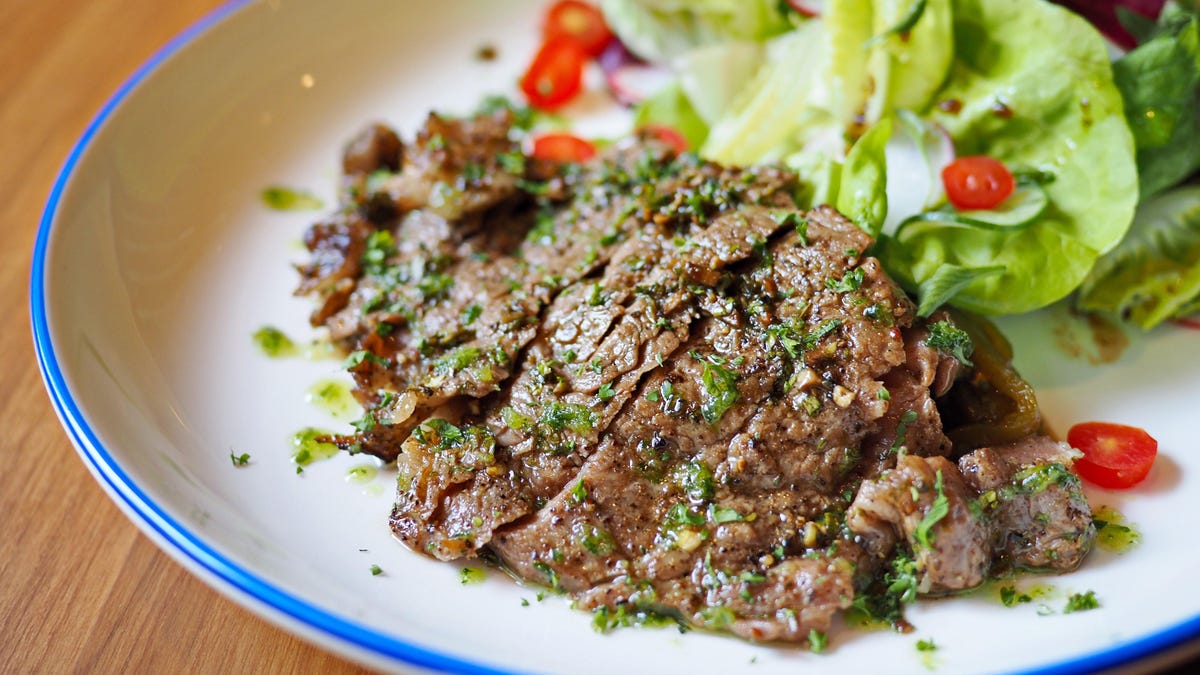How to Get Tough Stains Off Your White Dishes
In addition to providing a blank canvas for your meals, white dishes are also a perennial favorite for their clean look. So when they develop stubborn stains—as a result of aging, wear and tear, or certain foods—they may lose...


Photo: Africa Studio (Shutterstock)
In addition to providing a blank canvas for your meals, white dishes are also a perennial favorite for their clean look. So when they develop stubborn stains—as a result of aging, wear and tear, or certain foods—they may lose some of their appeal. Here are a few ways to get them back to their original color (or at least close to it).
Baking soda
Whether you’re dealing with metal scuff marks or deep stains, some baking soda may do the trick. Sprinkle a decent amount of baking soda on the surface of the plate or dish, then add a few drops of water. Mix it up, spread it in an even layer across the dish, and let it sit for a few minutes. Finally, use a cloth to scrub the stains until they’re gone.
Cream of tartar
Don’t have baking soda? You can use the same technique described above using cream of tartar instead.
Toothpaste
Pretend your stained white plate is a giant tooth. Take a (clean) toothbrush, apply some toothpaste that contains baking soda, and brush the surface. Add more toothpaste as needed as you go. When the stains have lifted, thoroughly rinse the plate.
Peroxide
For stains that refuse to budge, you may need to take a longer-term approach. One option is to find a container with a lid that’s large enough for your plate or dish to be completely submerged, then adding as much peroxide as it takes to cover it. Then put the lid on the container, leave it overnight, and check it in the morning.
If the stain’s still there, keep the plate in the container until it’s gone, adding more peroxide as you need it. The process could take two to four weeks for especially stubborn stains, but on the bright side, there’s no elbow grease required.

 JaneWalter
JaneWalter 
































